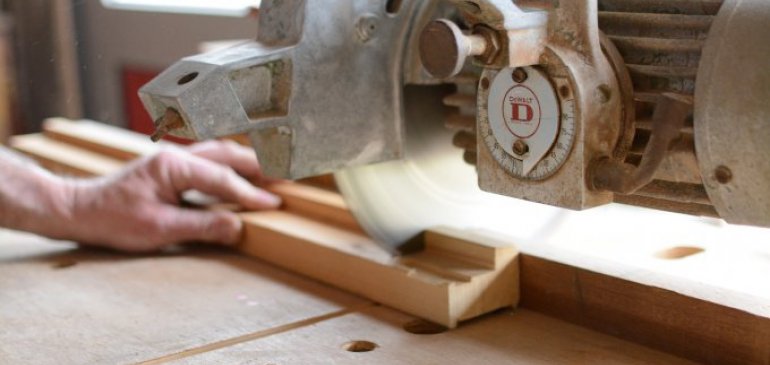Saws and jigsaws are tools designed for cutting. Many people wonder which equipment is better, but there is no clear answer to this question. Everything depends on our needs, and each of these solutions has its pros and cons. So what to cut with?
Which jigsaw works best?
Whichjigsaw works best? A jigsaw has a blade that works in an up-and-down motion. All you have to do is set the guide foot perpendicular to the material you're cutting and smoothly move it along the cutting line.
It is worth knowing that the jigsaw allows you to make cuts not only along a straight line. We can successfully process the material in an arc or cut out a different shape. Therefore, it is an extremely versatile tool.
The disadvantage of this device is the so-called snaking effect. It may be visible especially when working in materials of greater thickness. In such conditions, the blade heats up much more and is susceptible to mechanical damage, especially warping and breaking.
When deciding to buy a jigsaw, check whether it is equipped with a function:
- jigsawing - such a construction of the equipment allows the blade to work in two planes - the classic up-and-down movement and an additional cyclic forward movement. This speeds up the cutting of the material, but makes the edges ragged,
- chip extraction - some jigsaws have a special tip, thanks to which we can connect an external device for dust extraction to the equipment, i.e. simply an industrial vacuum cleaner. Thanks to this, all the debris coming from the processing of the material is immediately extracted, which allows you to better control the work of the jigsaw.
If we want to have a versatile device, let's check whether the blade allows us to cut not only wood, but also wood-based materials, plastics or metals. This will allow us to perform a wider range of work.
Which chainsaw is the right choice?
Other devices perfectly suitable for cutting are all kinds of chainsaws. In their case, the main cutting element is the blade. This design means that cuts can only be made in a straight line, which has its advantages, however, as it avoids kinking.
Saws are also more powerful and therefore more efficient than jigsaws. This makes the cuts quicker and more accurate. When choosing a chainsaw you should also pay attention to the number of teeth. This affects the quality of the cut. The more teeth there are, the greater the precision of the equipment.
There are many different types of chainsaws on the market. Especially sabre saws are very popular. It is equipped with a blade that makes reciprocating movements, which is similar to the operation of a classic hand saw, but the cuts are made without any effort on the part of the operator.
The main advantage of a sabre saw is that it can cut a variety of materials. Wood, metal, plasterboard are not afraid of it. Moreover, thanks to its compact size, the device works even in hard-to-reach places.
When choosing the right equipment for cutting, we must be guided primarily by whether it is adapted to our needs. Only then should we look at the technical parameters, such as the power of the device, the depth of cut, the type of handle, the number of strokes per minute and the type of blade or saw blade. Then you are sure to make the right choice.
Outer material
















Comments (0)